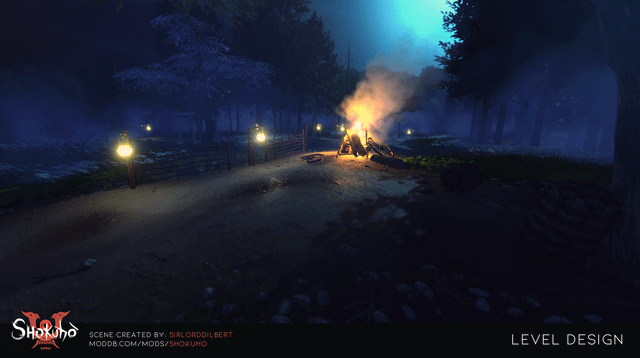Reality Bites: The Price of Destruction in Free-to-Play Games The news hit the industry like a well-placed grenade: Embark Studios delaying ARC Raiders to prioritize THE FINALS.

The news hit the industry like a well-placed grenade: Embark Studios delaying ARC Raiders to prioritize THE FINALS. As someone who's been wrestling with the chaos of real-time physics in multiplayer games for… well, let’s just say a while, it piqued my interest. And as Anya Petrova, lead programmer, physics enthusiast, and recovering Battlefield veteran, I felt compelled to dissect this decision from a technical perspective.
From my co-working space overlooking Hamburg's industrial docks, fueled by questionable amounts of Monster Zero Ultra, I've spent the last few days diving deep. The whiteboards are covered in diagrams, my desk is littered with disassembled controllers, and I’m ready to give you my (blunt, as usual) take. Is this the right move for Embark? What are the real challenges they face? Let's get into it.
Engine Scalability: Two Ambitious Games, One Avalanche Engine?
Embark's proprietary "Avalanche Engine" sounds impressive, but the real question is: how well does it scale to handle two visually ambitious, physics-heavy, free-to-play shooters simultaneously? It's a tough ask, even for established studios. When you’re juggling that level of complexity, you're bound to hit some turbulence.
Resource Allocation: Where's All the Power Going?
The elephant in the room is THE FINALS's destructible environments. We're talking almost complete environment destruction, simulated with a combination of rigid body dynamics and, more impressively, finite element analysis (FEA). FEA allows for realistic fracture patterns and material deformation, taking destruction way beyond pre-baked animations. This looks incredible, but it’s incredibly expensive, computationally speaking.
Think about it: simulating fractures, calculating debris trajectories, handling countless collision events… it all adds up. A single collapsing skyscraper nearly brought Battlefield 4's servers to their knees. We ended up faking a lot of the destruction. Could THE FINALS's destruction be hogging the Avalanche Engine's resources, starving ARC Raiders of development time and optimization efforts? Are they dedicating all of their server resources to running THE FINALS because of the dynamic destruction, while ARC Raiders performance suffers?
Content Pipeline Bottlenecks: Art Style Clash?
Let's not forget the content pipeline. THE FINALS boasts a sleek, futuristic aesthetic, while ARC Raiders leans into a gritty, post-apocalyptic vibe. Managing art assets, animation data, and level design content across two such disparate projects can create major bottlenecks. Are artists fighting over texture budgets? Are level designers struggling to optimize destruction models for both games?
Imagine the chaos: textures bleeding between projects because they share a common naming convention, overwriting each other on the shared asset server. Or animators having to learn two completely different animation systems for robots in one game and sleek humanoids in the other. These kinds of issues can grind development to a halt.
Engine Feature Prioritization: Favoring Chaos Over Cooperation?
Both games are shooters, sure, but their gameplay focuses are different. THE FINALS thrives on chaotic, moment-to-moment combat, while ARC Raiders emphasizes cooperative exploration and strategic shooting. Are there Avalanche Engine features that uniquely benefit THE FINALS' emphasis on dynamic destruction? Perhaps the engine excels at simulating complex ricochet patterns off deforming surfaces, a critical element in THE FINALS, but largely irrelevant to ARC Raiders.
If Embark is prioritizing features that boost THE FINALS' core gameplay loop, ARC Raiders might be taking a backseat, making the delay the only sensible option.
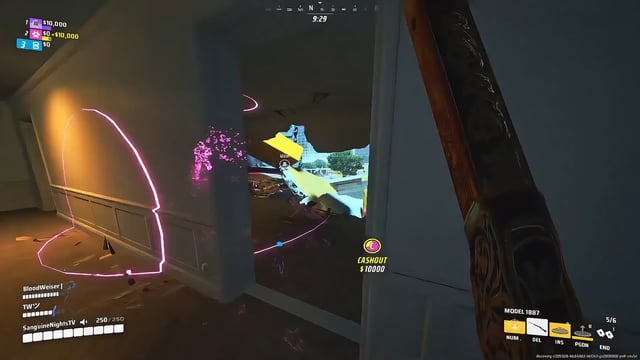
Destruction Physics: Technical Hurdles
THE FINALS's dynamic, destructible environments are undoubtedly impressive, but they come with a mountain of technical challenges. It's not enough to make things explode; you need to make them explode reliably, consistently, and without tanking the server.
Network Replication: The Desync Diaries Revisited
How do you ensure consistent and accurate replication of destruction events across all players in a multiplayer environment? This is a nightmare. Desynchronization leads to players seeing different things, creating unfair advantages and frustrating gameplay. Remember my blog post, "Latency Lessons: The Desync Diaries"? (shameless plug, I know). I dissected Rainbow Six Siege's destruction replication, and the challenges are immense.
Synchronizing physics simulations across a network is a delicate balancing act. You have to choose between accuracy and latency. Do you prioritize precise replication, risking lag? Or do you accept some discrepancies for smoother gameplay? And how do you prevent players from exploiting the system, manipulating destruction events for their benefit? The answers are not easy.
Performance Optimization: 120 FPS Mayhem
Maintaining a smooth frame rate (120 FPS on high-end PCs is the dream) and low latency (under 50ms ping) during intense combat with widespread destruction? Good luck. You need to optimize everything. Hierarchical collision models, frustum culling for debris, job-based parallelism to distribute the workload across multiple CPU cores… it's a constant battle.
The physics engine needs to be lean and mean, culling unnecessary calculations and prioritizing the most impactful events. It's about smart compromises and clever tricks to maintain the illusion of realism without melting everyone's CPUs.
Artistic Consistency: Making Destruction Beautiful
You can't just let the physics engine run wild. The destruction has to look right, even if it's not 100% physically accurate. Realistic fracture patterns (Voronoi diagrams and pre-fractured meshes are your friends), believable debris textures (physically based rendering is a must), and impactful environmental effects (dust clouds, smoke) are all critical.
It requires close collaboration between artists and programmers, iterating constantly to find the sweet spot between visual fidelity and performance. It's a painstaking process.

Free-to-Play Pressures: The Content Treadmill
The free-to-play market is a beast. You're not just building a game; you're building a service. The pressure to constantly deliver content and maintain player engagement can warp development priorities.
Content Cadence: The Fortnite Effect
THE FINALS will need a steady stream of new maps with unique destruction properties, weapons with varying impact effects, and characters with specialized demolition abilities. That's a lot of content. Look at Fortnite: the constant content drops put immense pressure on the development team.
How does this relentless content cycle affect the development timeline of ARC Raiders? Are developers being pulled from one project to shore up the other? Burnout is a real threat, and quality can suffer when you're rushing to meet deadlines.
Monetization Strategies: A Slippery Slope
The need to design and implement monetization strategies for THE FINALS could be diverting resources from the core gameplay development of ARC Raiders. Battle passes with demolition-themed skins, weapon attachments that subtly alter destruction behavior, even pay-to-win mechanics disguised as "performance enhancers" – these things take time and effort to design and implement.
The ethical considerations are also important. Aggressive or unfair monetization schemes can alienate players and damage the game's reputation.
Player Retention: Chasing the Dopamine Loop
THE FINALS's competitive nature, with its leaderboards, tournaments, and ranked modes, is more likely to maintain player retention compared to ARC Raiders' cooperative gameplay. That consistent revenue stream is tempting. It's all about the dopamine loop, keeping players hooked.
Daily active users, weekly playtime, conversion rates… these metrics drive decision-making. Is Embark prioritizing THE FINALS because it offers a more predictable path to long-term profitability? Probably.

Modding Potential and Community Involvement
Modding can be a powerful way to extend a game's lifespan and foster a loyal community, but it also presents unique challenges, especially with a game as technically complex as THE FINALS.
Level Design and Custom Content: Empowering the Players
Think about the level editor in Halo: Combat Evolved or the endless possibilities of Minecraft. What if THE FINALS could offer similar tools? The community could create entirely new arenas with custom destruction properties. Imagine a level where everything is destructible! Or one where only certain materials can be broken.
The challenge lies in integrating modding tools with the Avalanche Engine's destruction mechanics. Can players add new destruction properties to existing materials? Can they create entirely new destructible objects? It would require a robust and user-friendly editor, along with careful consideration of performance and stability.
Competitive Balance: Protecting the Integrity of the Game
Mods shouldn't disrupt the competitive balance. Visual changes like new textures and particle effects are generally safe. But what about mods that alter gameplay? How do you prevent players from creating overpowered weapons or unbreakable walls?
One approach would be to limit modding to non-competitive modes. Or to implement a strict review process to ensure that mods adhere to certain guidelines. The key is to find a balance between creative freedom and competitive integrity.
Legal Concerns: Moderation and Copyright
Monitoring mods for copyright infringement is essential. You don't want players using unauthorized assets. Filtering out inappropriate content, like hate speech or sexually explicit material, is also crucial. Implementing a robust content moderation system that doesn't stifle creativity is a difficult balancing act.
Community moderation can help, but ultimately, Embark would need to invest in tools and personnel to ensure a safe and welcoming modding environment.
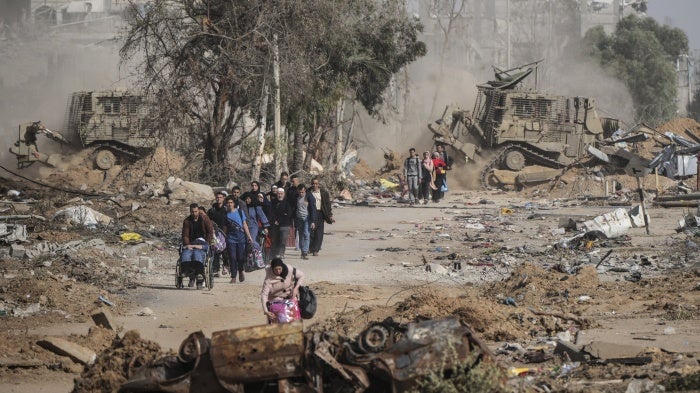
The Verdict: A Necessary Gamble?
So, what's my overall assessment? Delaying ARC Raiders to prioritize THE FINALS is a calculated gamble. The potential benefits are clear: a polished, technically impressive launch for THE FINALS, increased player retention, and a more stable revenue stream.
But the drawbacks are equally significant: a potentially delayed or even cancelled ARC Raiders, a damaged reputation with players eager for that game, and the risk of over-relying on a single title.
Embark needs to navigate these challenges carefully. Clear communication with the community is essential. Realistic planning and resource allocation are crucial. And a focus on core gameplay, rather than chasing every shiny new trend, is paramount.
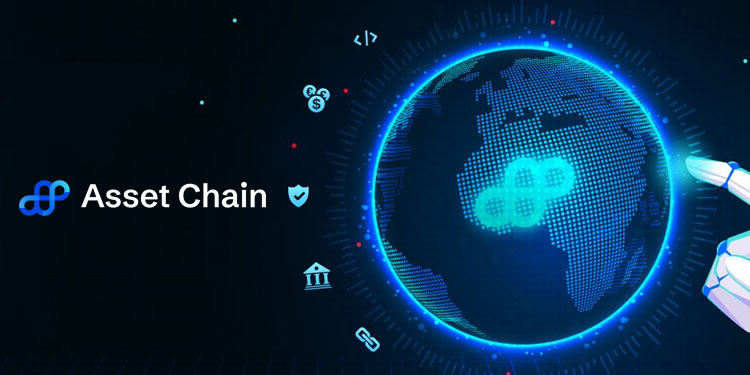
The future of gaming is full of exciting possibilities, but we must approach it with both creativity and rigor. Don't just chase the shiny new thing; master the fundamentals. And for aspiring game developers out there: embrace the technical challenges. Physics is just applied math with explosions, after all!
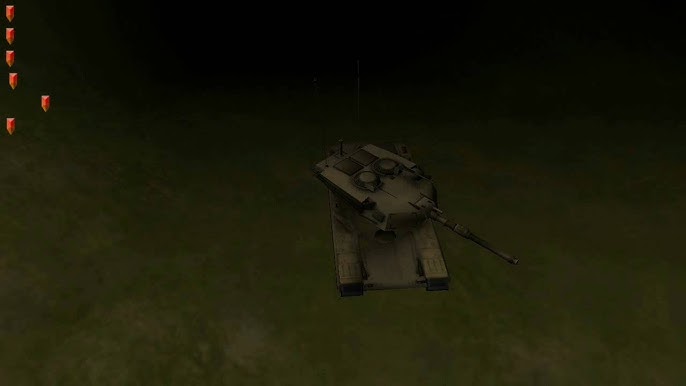
Learn your linear algebra!
